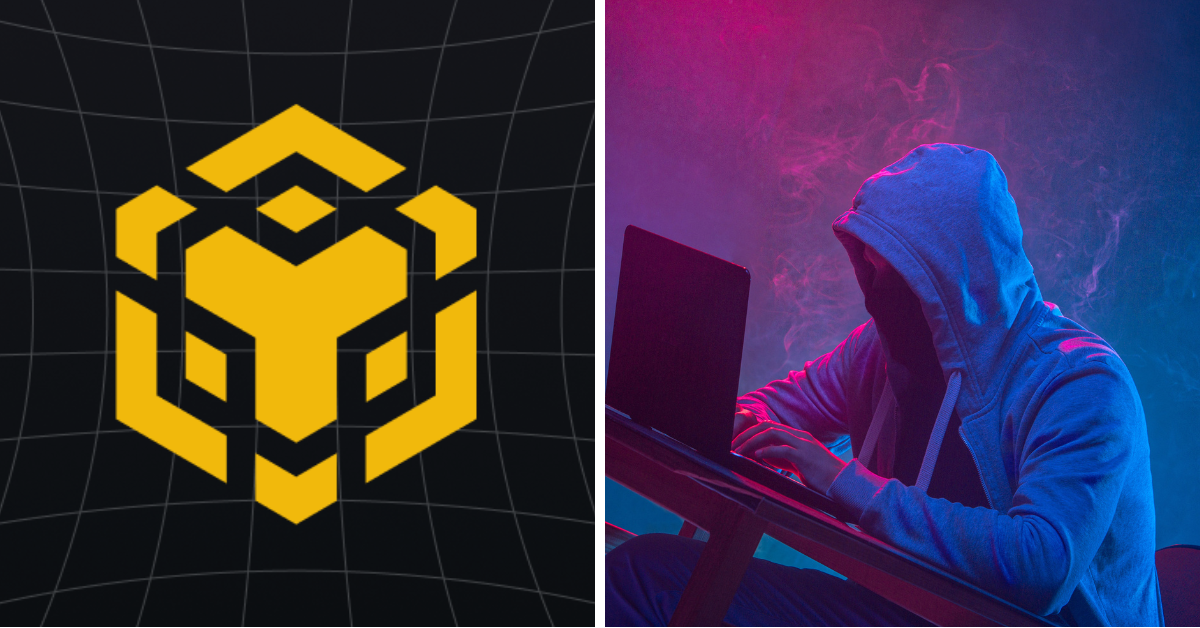An Interpretation of ERC6551
ERC6551 is a new standard for non-fungible tokens (NFTs). NFTs are unique digital assets stored on a blockchain. Existing NFT standards like ERC721 and ERC1155 have limitations, such as not allowing the creation of complex NFTs or new NFTs. ERC6551 solves this by introducing dynamic NFT creation, composable NFTs, and delegated management. This new standard enables the creation of more complex and dynamic digital assets, and we expect more projects to adopt it in the future.Recently, the entire Ethereum ecosystem has seen significant improvements in areas such as blockchain gaming and NFTs, but few people are discussing the source of this new change: ERC6551. Crypto influencer Botfidao explains what ERC6551 is, how it is implemented, and provides use cases for it.
What is ERC-6551? In simplest terms, ERC-6551 (also known as Token-Bound Accounts) makes it possible for NFTs to have their own wallets. The NFT itself can act as an account, holding assets such as ETH and tokens under standards such as ERC-721, 1155, and 20. Essentially, every NFT can now own/store tokens. In fact, an NFT can store another NFT, which can also store other NFTs. This provides great on-chain protocol support for blockchain games, metaverse, and more.
How is this achieved? The key is a permissionless on-chain registry (smart contract) that anyone can use to create token-bound accounts, which can be deployed on any NFT. The benefit of this is that it is backward compatible, so all existing NFTs can become accounts and hold assets from that point on. This is a huge technical feat. You don’t need to wrap tokens, upgrade contracts, and so on. In fact, all NFTs already have their own accounts. If you own an NFT, that NFT has its own account.
- Time and patience are the scarcest resources for any brand.
- Did BCH triple in two weeks? Is the resurrection of PoW narrative just a dream?
- Exploring Whether LUSD Will Become the Best Choice in the Stablecoin Competition Landscape?
Why do I think this is significant? Why do we want NFTs to hold assets? What are the use cases? How does this make the future better? The first thing that comes to mind is airdrops. Projects can airdrop tokens directly to the NFT itself without the need for snapshots. ERC-6551 has many other use cases. Imagine playing a game and owning your character. Now consider all the items that character may have: weapons, clothing, potions, game currency, and so on. Previously, these were all separate tokens, all tied to that person’s account, but now they can all be owned by the character/NFT itself.
Reference: https://twitter.com/botfidao/status/1675338823197413377
We will continue to update Blocking; if you have any questions or suggestions, please contact us!
Was this article helpful?
93 out of 132 found this helpful
Related articles
- Understanding ZeroLiquid: A Non-Liquidating Zero-Interest Lending Agreement Secured by LST
- Development of Polkadot parallel threads has already begun. Learn how it works.
- Will the combination of the ZK and OP methods become the future of Ethereum Rollup?
- Has the PoW Narrative Renaissance become a dream as BCH tripled in two weeks?
- I have drawn over 100,000 robot images, and my Twitter avatar is full of these pictures. This AI painting competition is becoming very popular.
- The New Frontier of DeFi: the Rise of Repeated Collateralization, Liquidity Mining, and LSD Tokens
- The bankruptcy judge in the southern district of New York has approved Celsius’ exchange of altcoins for BTC and ETH starting from July 1st.






